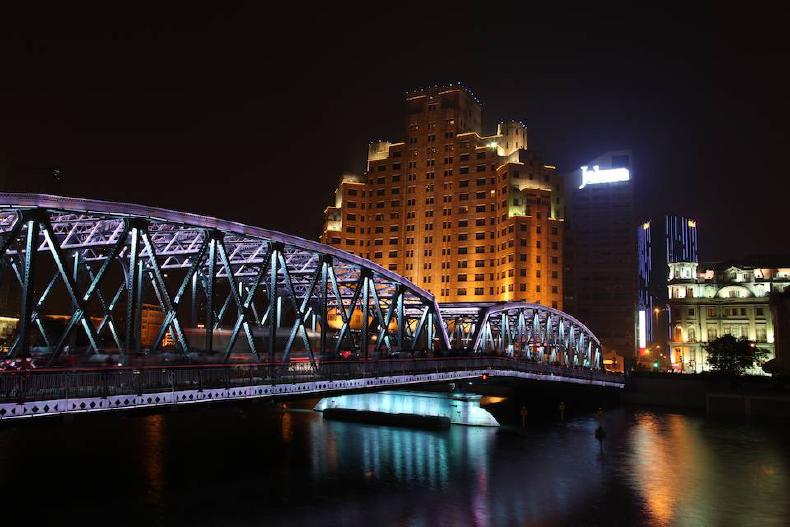Shanghai
My trip started in Shanghai.
One of the reasons for visiting Shanghai was to visit the World Expo. This is probably the largest expo ever held since the first exhibition in London in 1851. There are nearly half a million visitors every day: a fact that you try not to think about when waiting in the queues.
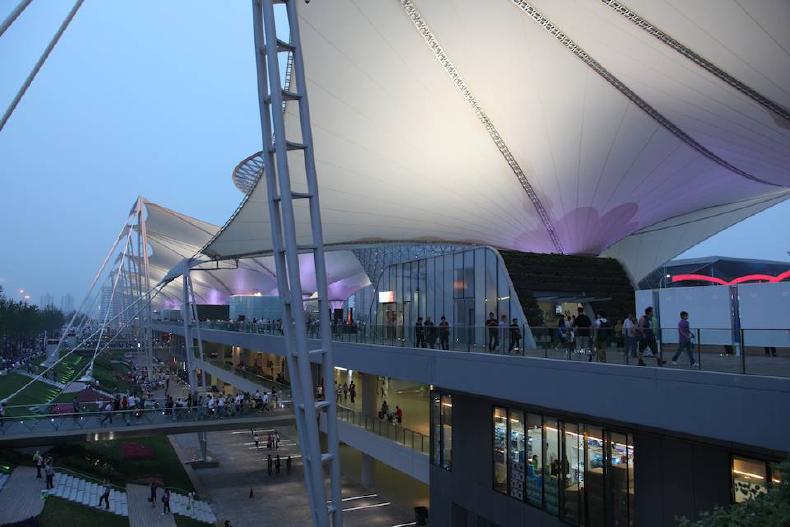
Many countries from around the world have pavilions at the expo. Most pavilions are tempory structures which will be taken down when the expo is over, so they aren’t that interesting to photograph. However, the Spanish pavilion was attractively decorated in wicker baskets showing the different Spanish styles of weaving.
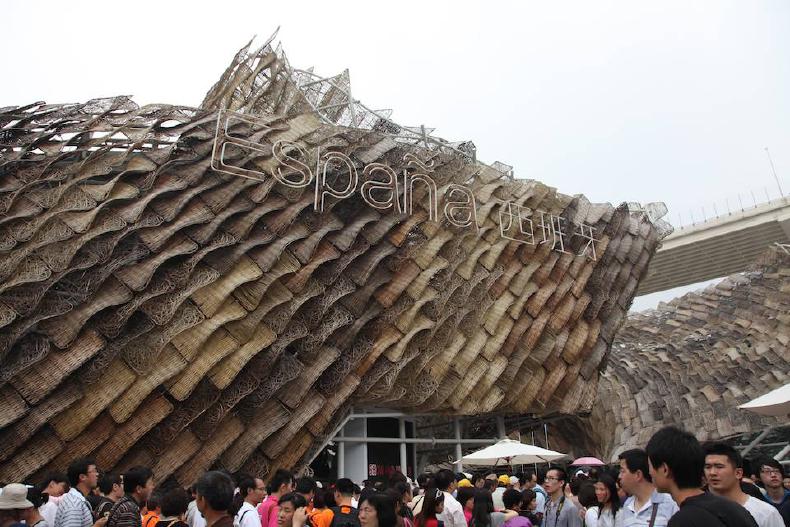
The Chinese pavilion is one building that will remain after the expo is over – a good thing too, since it is very hard to visit during expo. It is a must-see pavilion for the Chinese visitors (who make up the majority of visitors), so there are extremely long queues to get in. To have a chance to get in, some people line up at 4:00am, run to the pavilion when the gates open at 9:00am, and then line up some more!
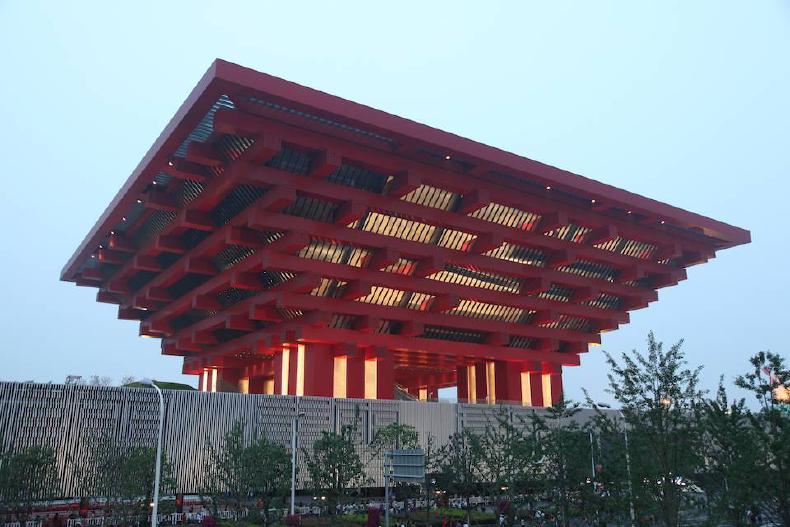
I thought the most unique pavilion was the United Kingdom’s. It is made up of over 60,000 acrylic rods sticking out.
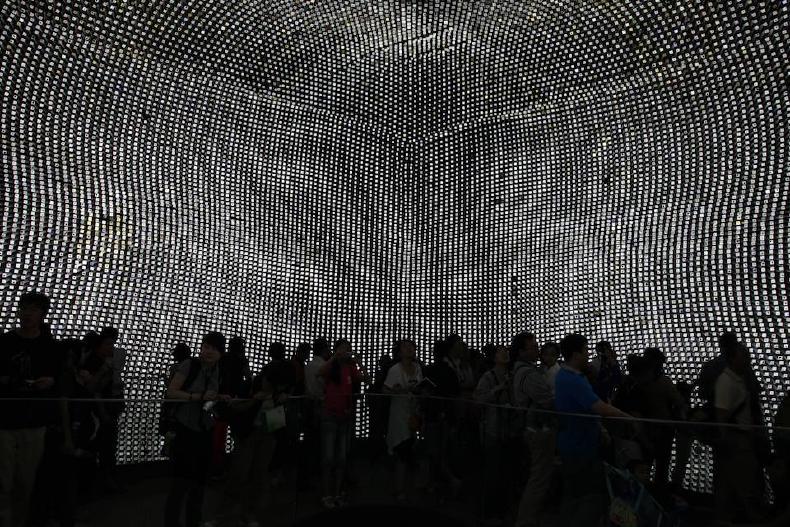
It is called the Seed Cathedral. A small doorway lets you inside, where you walk around and see the end of the acrylic rods.
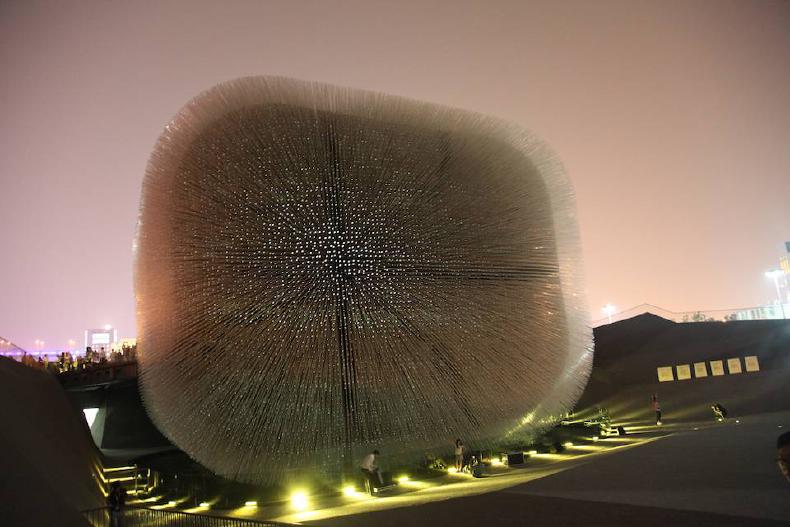
The end of each rod contains a different set of seeds.
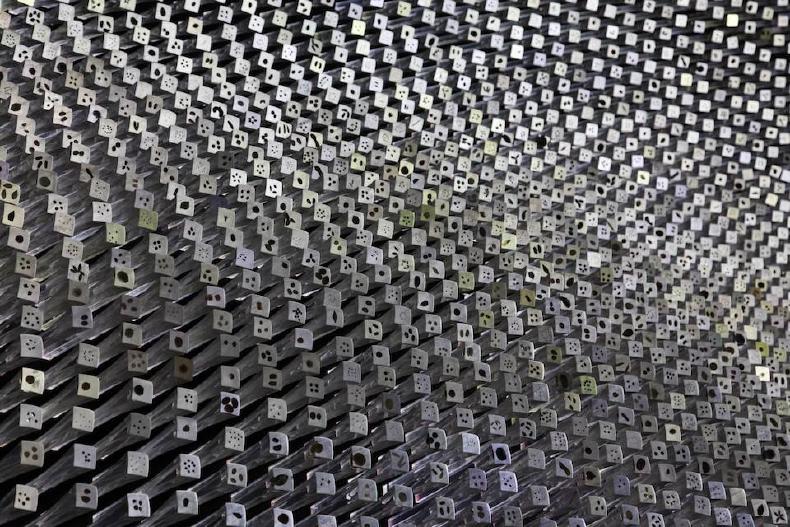
The pavilion is highlighting the importance of protecting and preserving the bio-diversity of our planet. Unlike most of the other country pavilions, there’s nothing here that promotes the UK itself. Yet the Seed Cathedral was simple, striking and memorable.
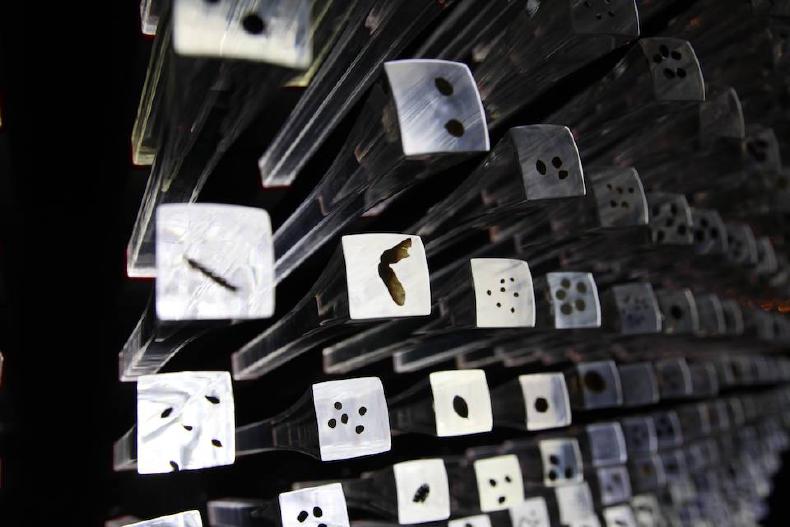
Outside Expo is the modern city of Shanghai. It is a city of about 20 million people – the entire population of Australia in one city! I was very impressed to see the city has lots of parks and trees. Despite its size, it felt like a very livable city to be in.
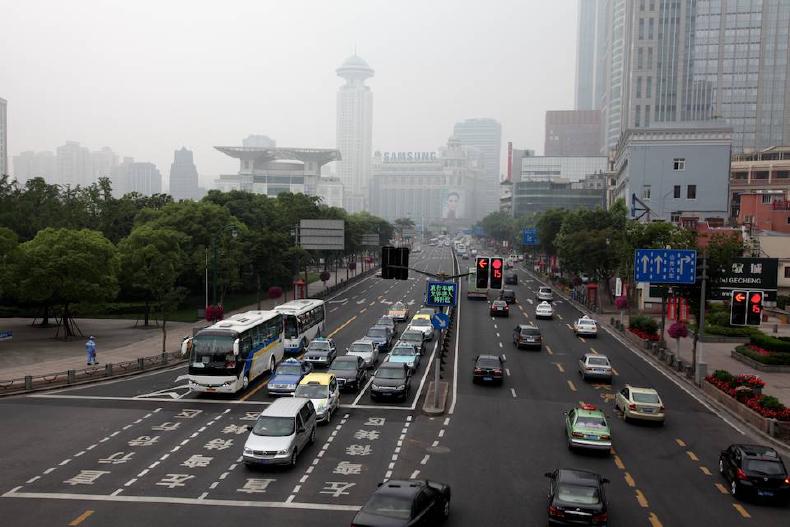
Although tall skyscrapers is the modern image of Shanghai, there are still many traditional neighbourhoods in Shanghai. You don’t have to go very far to find life at a more human scale.
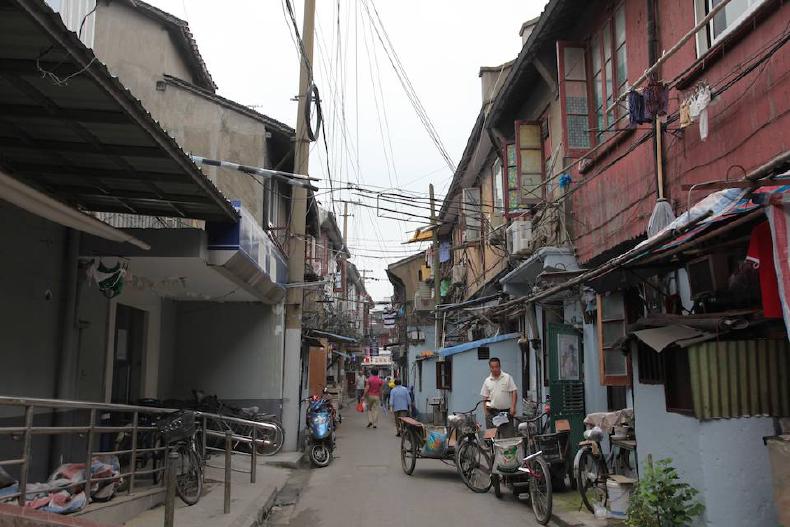
Many areas have been changed to attract the tourist; or more particlarly the tourist’s money. These colourful fish was decorating the newly built shopping arcade next to the ancient Yu Gardens.
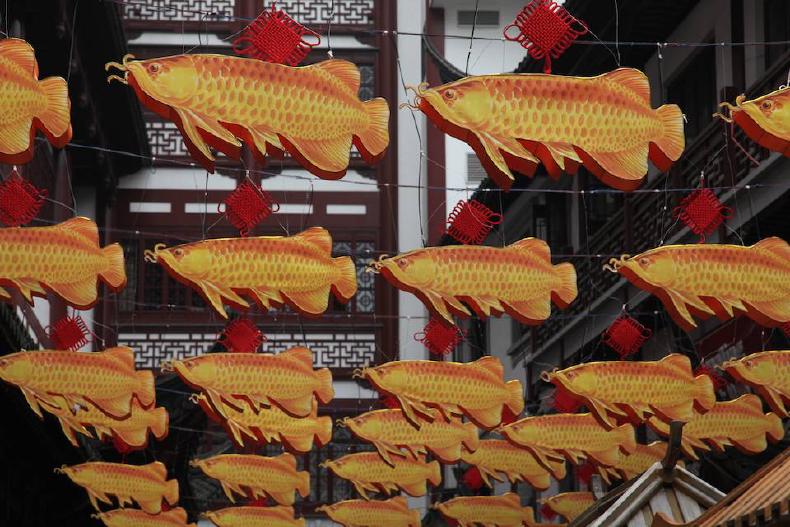
This is a very famous garden in Shanghai. It was established in the 16th century. Although outside the gardens is very busy, inside it is relatively peaceful. A peace that seems to withstand the many tour groups that pass through it daily.
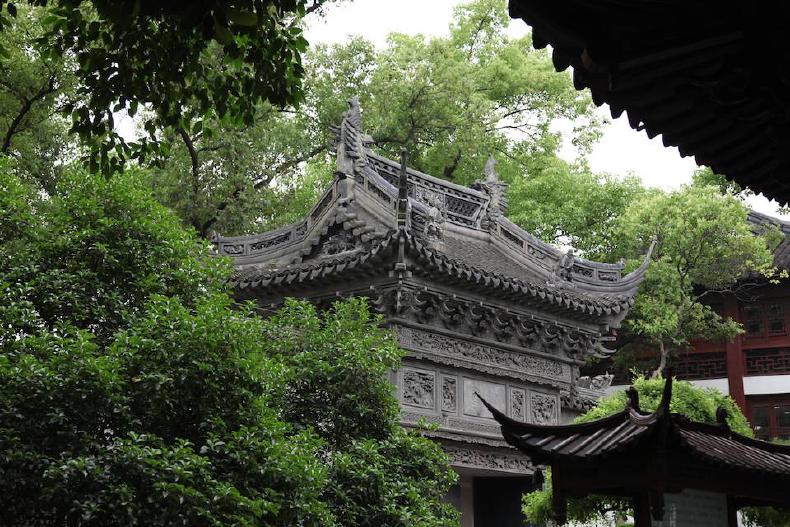
A traditional Chinese garden has interestingly shaped limestone…
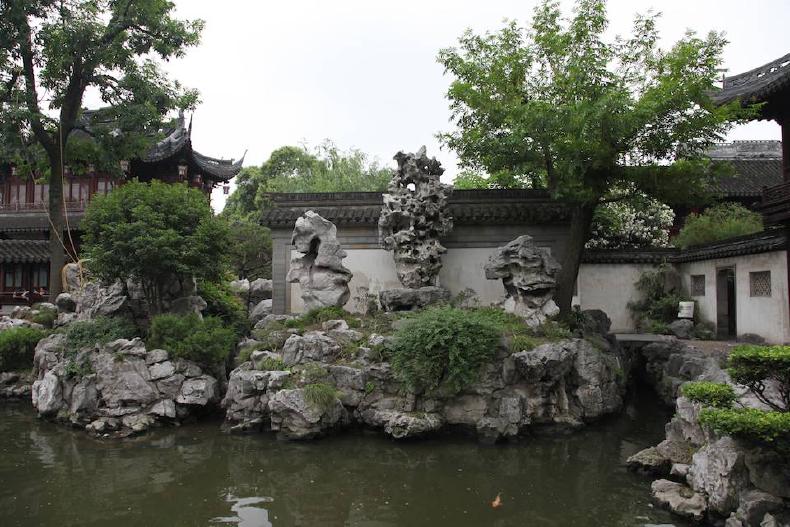
Ponds of water…
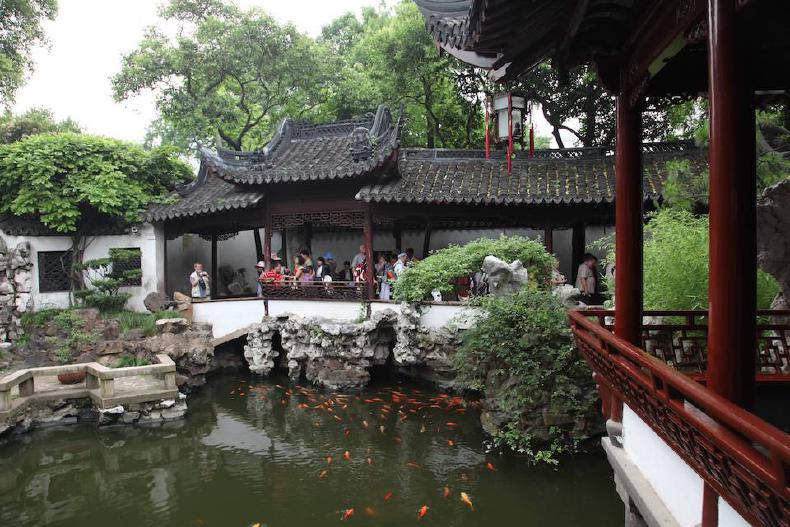
And finely decorated pergolas.
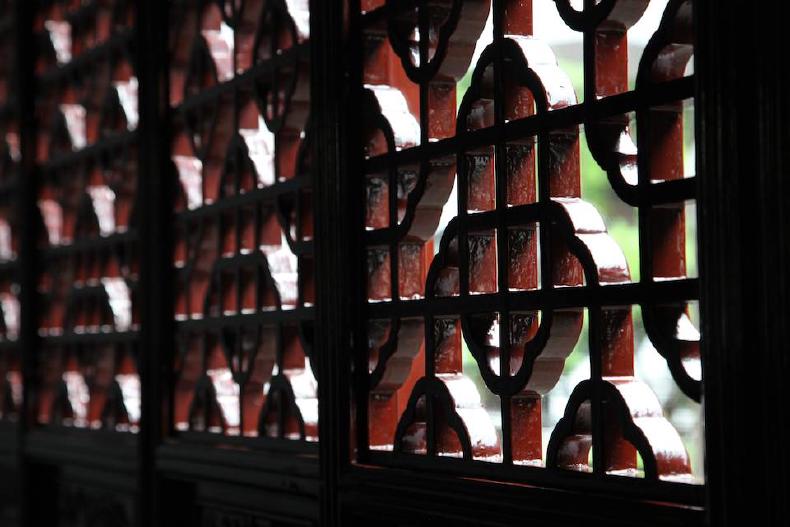
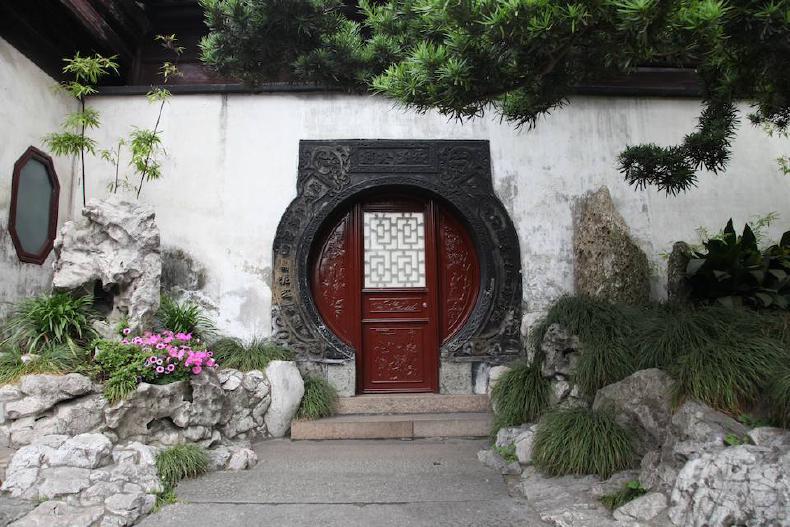
Another must-see in Shanghai is the Shanghai Museum. It has a large collection of Chinese artefacts: such as bronze, jade, costumes, coins, paintings and calligraphy. I spend about four hours there.
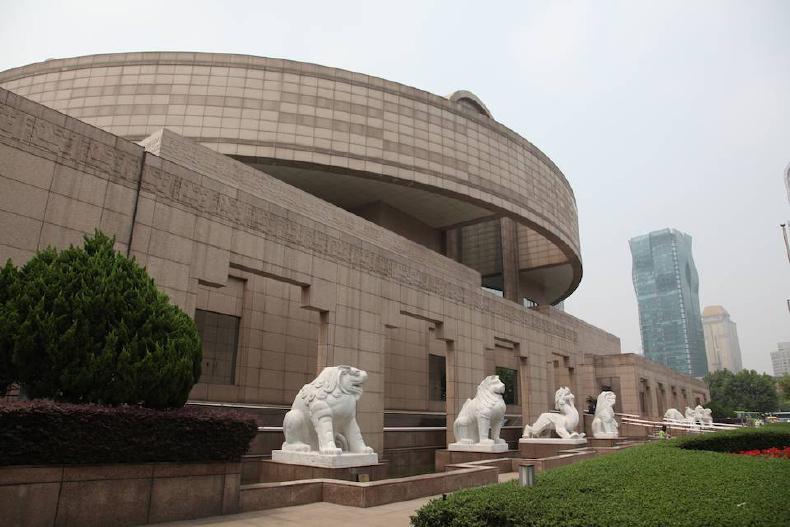
There is also an impressively large science museum in Shanghai.
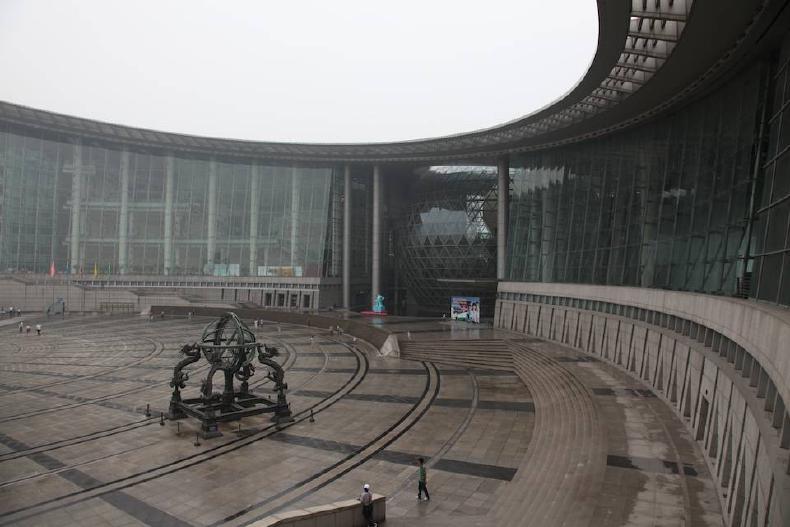
As expected, Shanghai is full of shops… and people to buy from those shops.
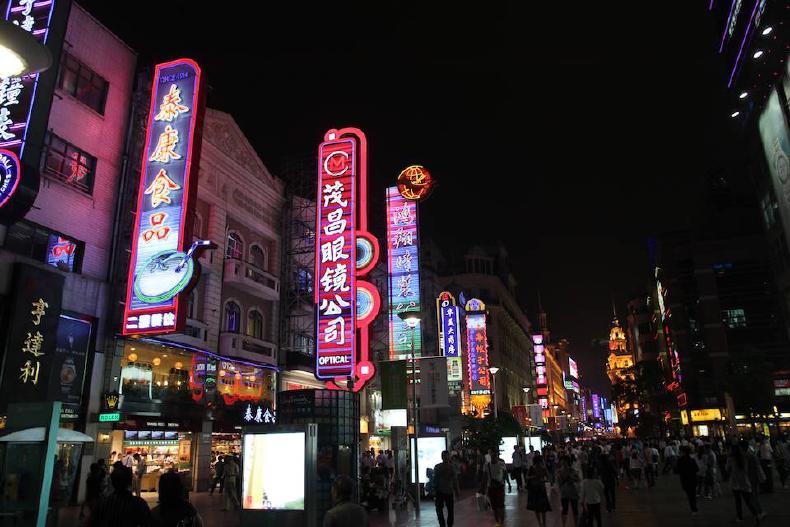
The modern skyline of Shanghai.
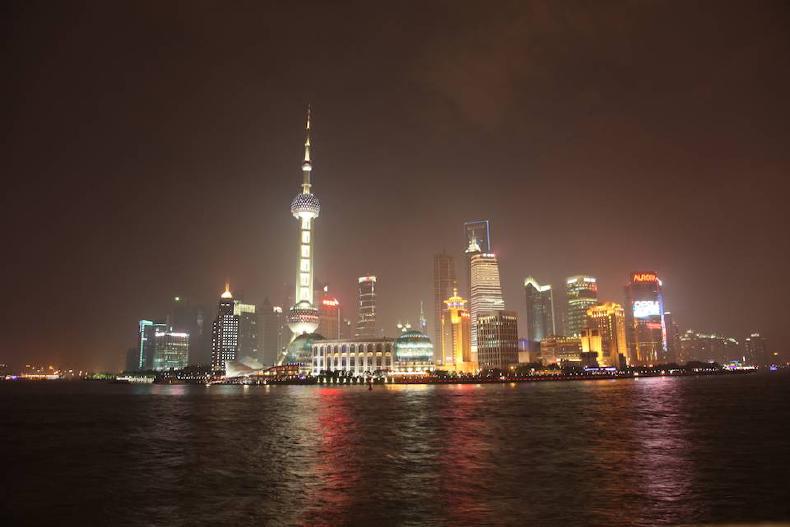
The old buildings along the Bund.
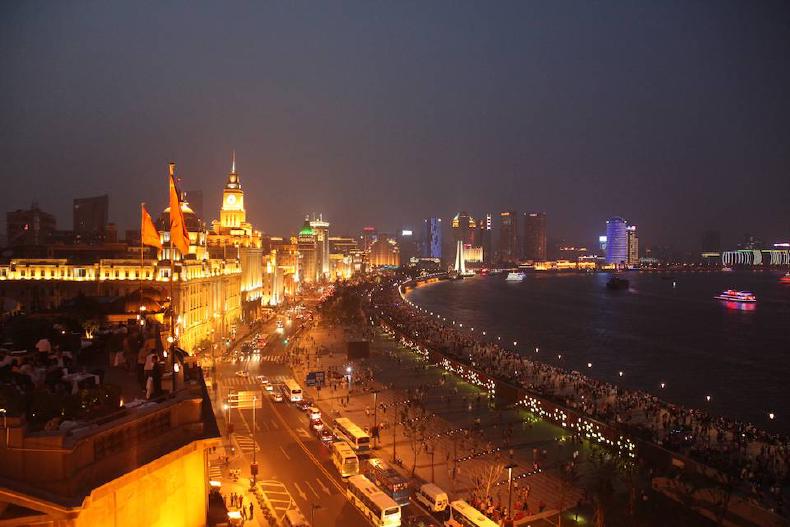
Looking north along the Bund, with Pudong across the Huangpu River to the east.
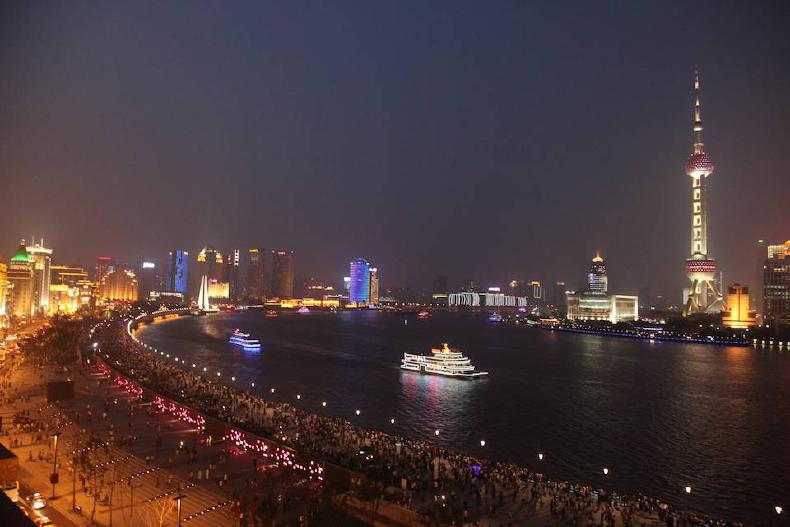
Looking at Pudong from the Bund. Note the large number of people along the river front.
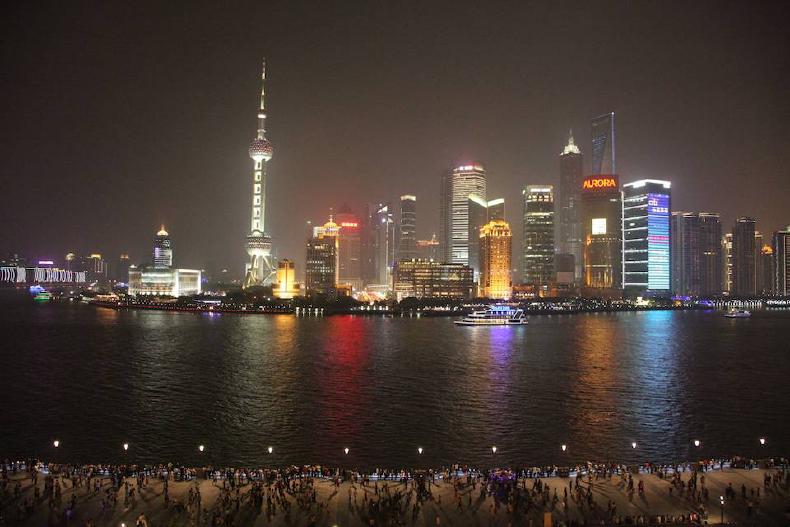
Looking south along the Bund, with Pudong across the Huangpu River to the east.
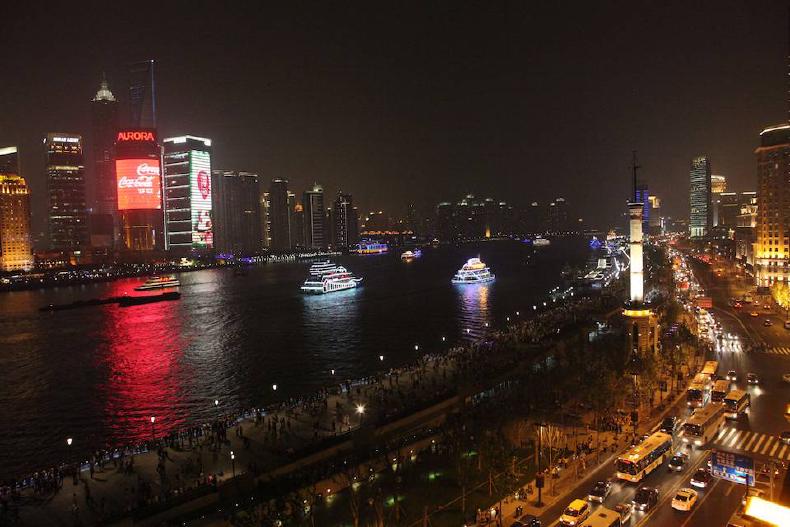
At the north end of the Bund is Suzhou Creek and a steel bridge built in 1907. Behind it is the Shanghai Mansions and on the right is the Astor House Hotel. Established in 1846, the Astor House Hotel is the very first western hotel in China. Many famous people had stayed there, such as Albert Einstein and Guglielmo Marconi. Shanghai was like many big western city, so I couldn’t wait to get out and see more of the rest of China.
